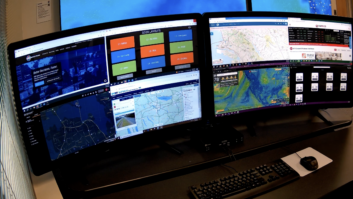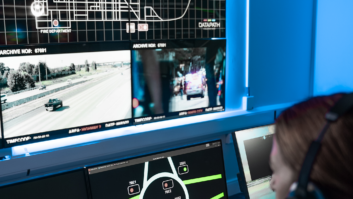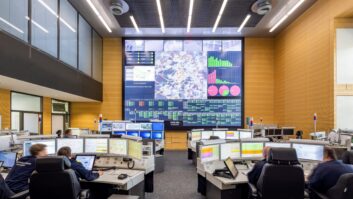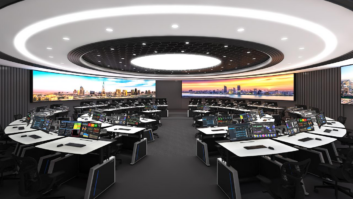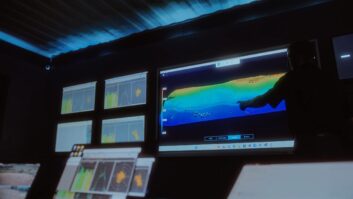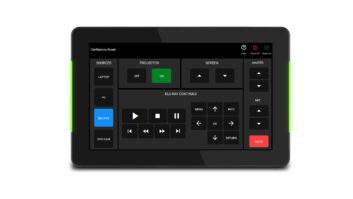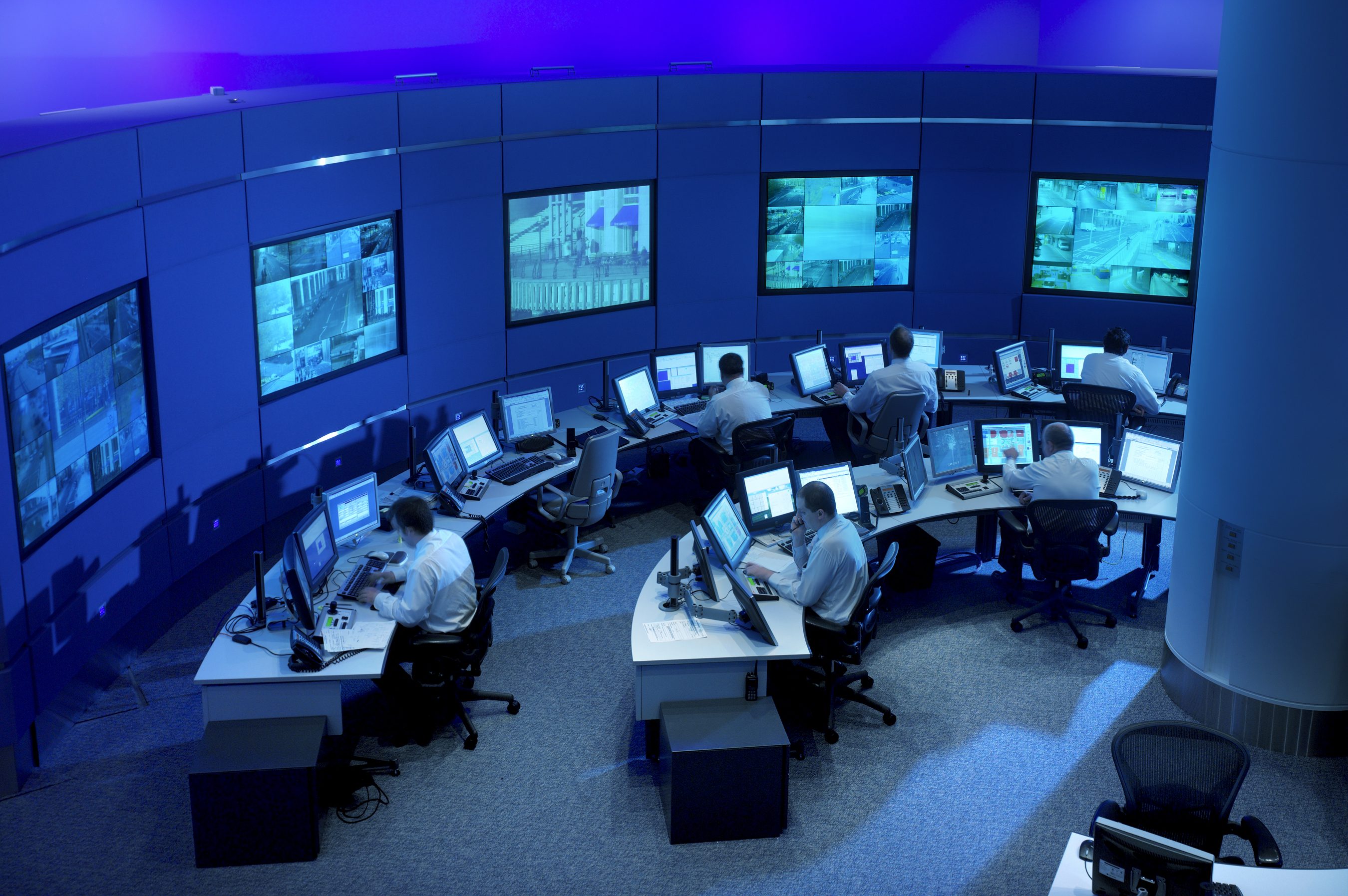
Cindy Davis, contributing editor of AV Technology, finds that simplifying the workstation and interface for supreme user-friendliness is key to command and control room decision-making.
Command and control room operators need the ability to access and analyse content to make quick and informed decisions. This need is the driving requirement of a command and control centre.
One trend that is helping to declutter the workstation is the introduction of large 4K displays. “Instead of having multiple displays up, they now have a display that wraps around the entire workstation so you have a seamless view,” said Joe Jackson, market manager of AVI-SPL’s Control Room Group. “If displays are stacked on top of one another, it can make it hard to see the videowall at the front of the room.”
A more organised design is also achieved by using one or two large 4K displays at the workstation connected to a multiviewer device; this allows for the display of multiple high-resolution video and computer sources on a single screen. In essence, a multi-windowed display on a larger format 4K display can replace up to four 1080p monitors. This can have a dramatic streamlining effect.
An application that warrants full 4K is when the operator needs to see detail coming from 4K cameras. Jackson explained, “If there’s a perpetrator going around and you want to see his face you are going need an optical zoom camera, you’re going to have to have an optical zoom digitisation of that camera, as well.”
Simple Control
“What you’re looking for in a command and control environment is that the operator doesn’t need to have a lot of technical prowess,” Jackson added. “He needs to have a control system that easily dictates what he’s seeing in front of him.”
Each control room type has specific needs. “During the design process, we sit with the customer to find out what exactly is they’re trying to view,” Jackson explained. This discovery will help determine the resolution needed for displays at the workstation and the videowall, the control system, and the switching behind it. “For instance, if we’re working with an emergency operation centre, you’re going to have police, firemen, and a number of different folks that are in the room,” he said. This is where the UX design becomes critical. “We can set up a control system, such as crash cart control system that has preset layouts.”
Making the layout of the control system intuitive and fast is key. “If there’s a gunman on campus, you want to know that you can hit ‘gunman,’” said Jackson. “The system needs to be speedy, so they don’t need to spend a whole lot of time trying to set up their view.”
In the end, Jackson stressed, “Let’s make the control portion of it very intuitive to the operator. Know what it is they want to see on the screen and how fast can we get it up there for you.”
